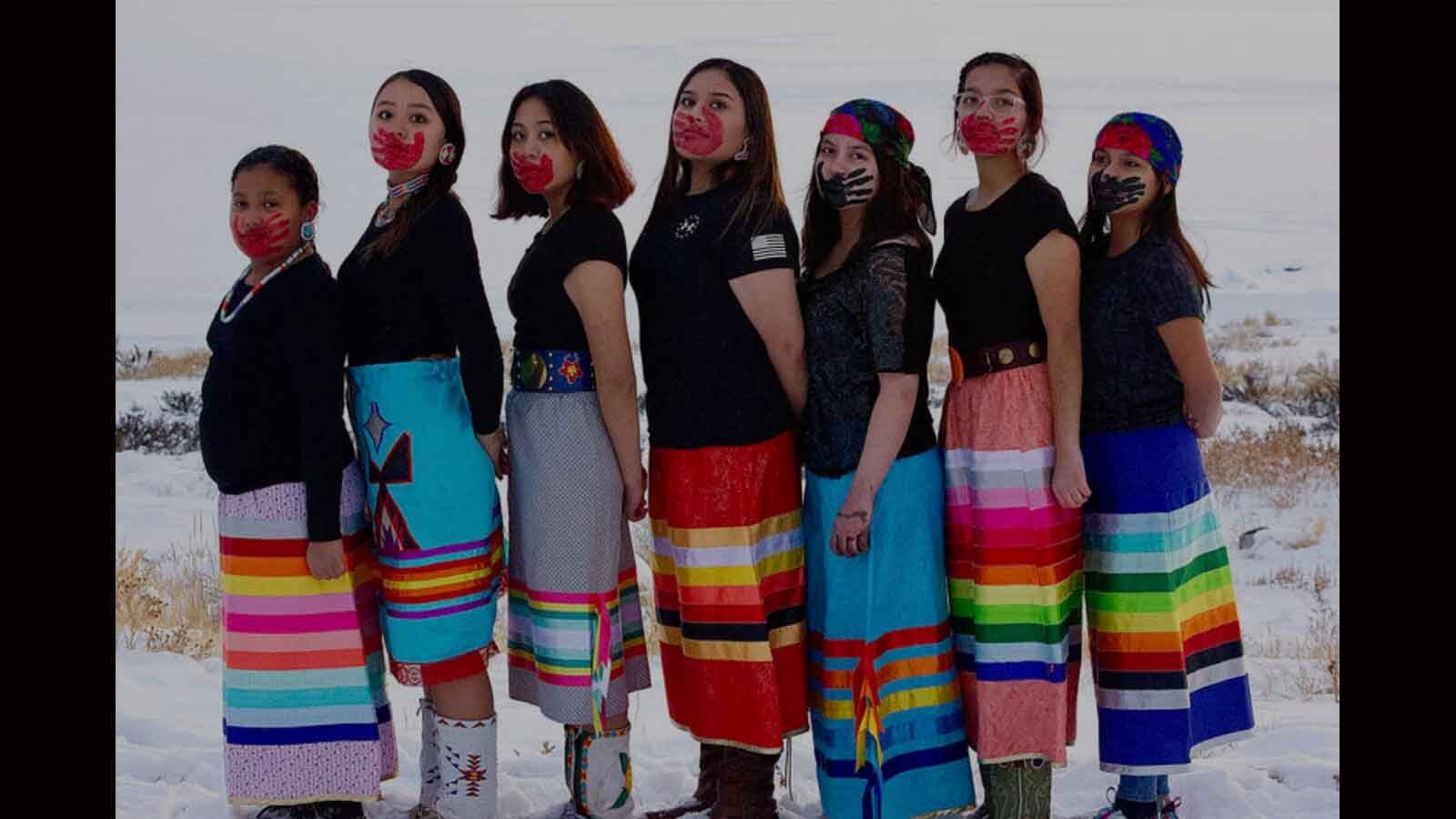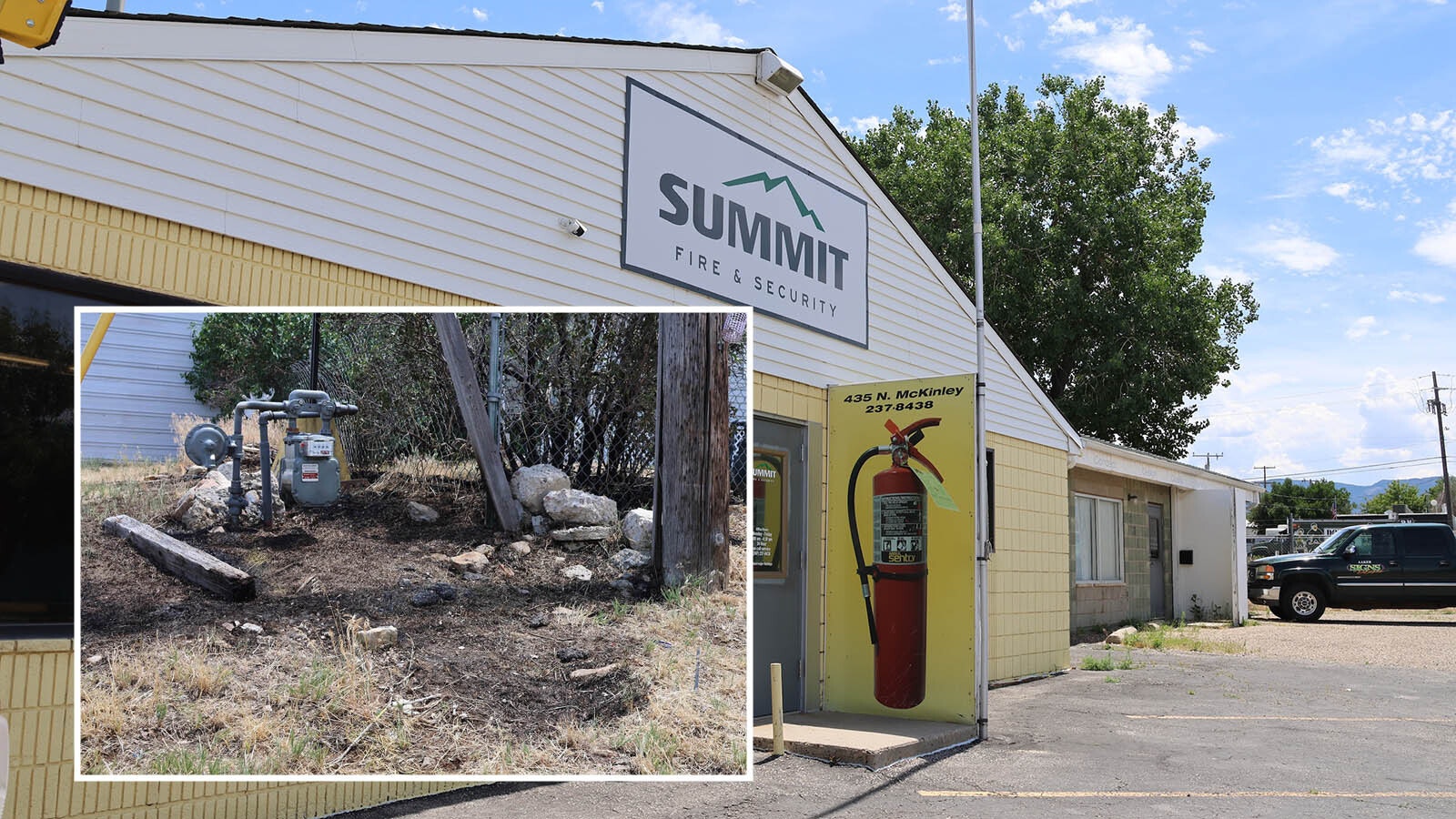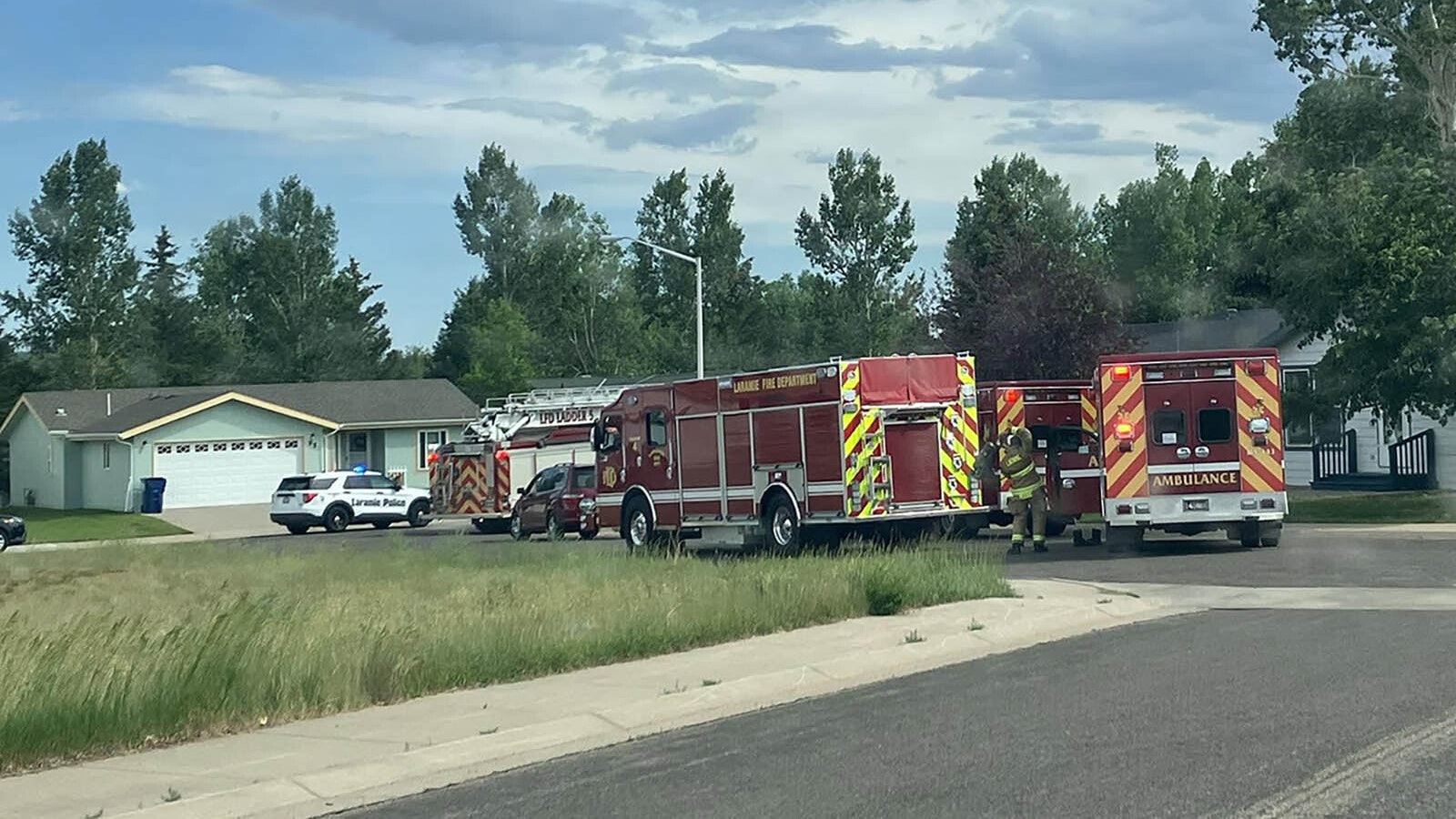While making up only 3% of Wyoming’s population, the murders of indigenous people in the state accounted for almost one-quarter of the state’s murders over a 20-year period, according to a new report.
The report “Missing and Murdered Indigenous People,” prepared by the Wyoming Survey and Analysis Center, said the murders of indigenous people made up 21% of the total seen between 2000 and 2019.
“Based on death certificate data listing homicide as the cause of death, indigenous people have a homicide rate higher than any other race/ethnicity in Wyoming,” said the report, which is to be the subject of a meeting Wednesday. “The current indigenous homicide rate in Wyoming is higher than the national indigenous homicide rate.”
The study was commissioned by the attorney general’s Division of Victim Services on behalf of Gov. Mark Gordon’s Missing and Murdered Indigenous Persons Task Force, which is to meet Wednesday to review the document.
The study said that of the 498 murders recorded in Wyoming between 2000 and 2019, 105, 21% of the victims, were indigenous people of Wyoming. Of those, 34 were women and 71 were men.
The homicide rate among indigenous people is eight times higher than it is for white people in the state, the report said.
“The report demonstrates what leadership and members of the Eastern Shoshone and Northern Arapaho tribes have long known — that tribal members are disproportionately targeted as victims of violent crime,” said state Sen. Affie Ellis, R-Cheyenne, chair of the Legislature’s Select Committee on Tribal Relations.
When indigenous people were killed, they were subject to less media coverage than white people, the report said, and were portrayed differently from white murder victims, with more frequent use of violent language and negative descriptions of the victim’s character.
“The content analysis of the media coverage of murdered and missing people revealed strong racial and gender bias,” the report said. “This bias in media coverage contributes to systemic oppression and implicit bias in Wyoming.”
The report made three recommendations for addressing the issue, including the creation of an indigenous advocacy position or response team to help families with the reporting and investigation process.
“The advocate can serve as a communication point-person, helping to reduce the emotional burden for families of repeating incident details to multiple agencies,” it said.
The study noted that researchers had a difficult time obtaining data for their report, due in part to the misclassification of victims as white, Hispanic or Asian rather than indigenous. In addition, the study said, many agencies do not keep track of race or tribal affiliation in their reports on deaths.
As a result, the state needs to develop consistent protocols and data systems for murdered and missing indigenous people, the study said.
It also recommended raising community awareness about murdered and missing indigenous people.
“Altogether, the findings in this report convey a need for increased recognition and understanding of the MMIP epidemic by law enforcement, the government, the media and the public,” it said.





